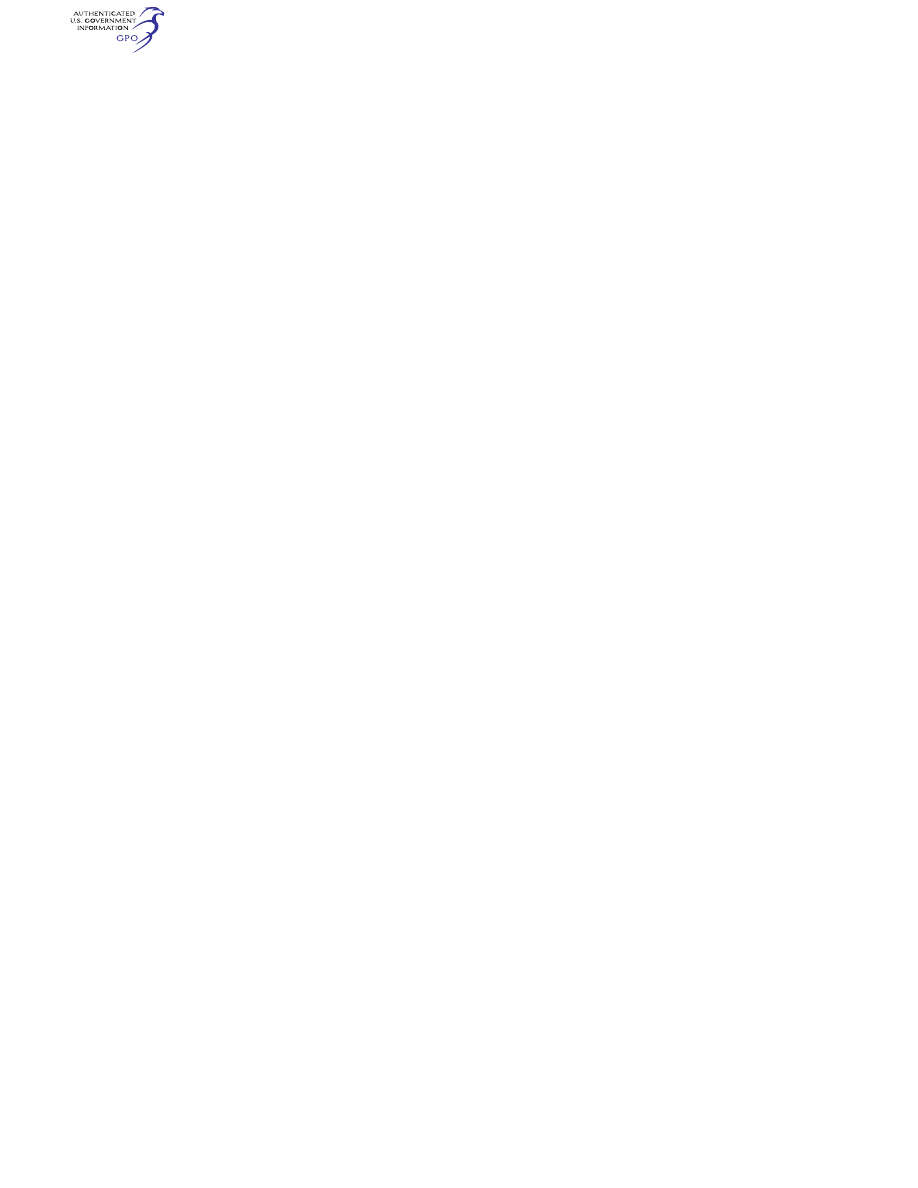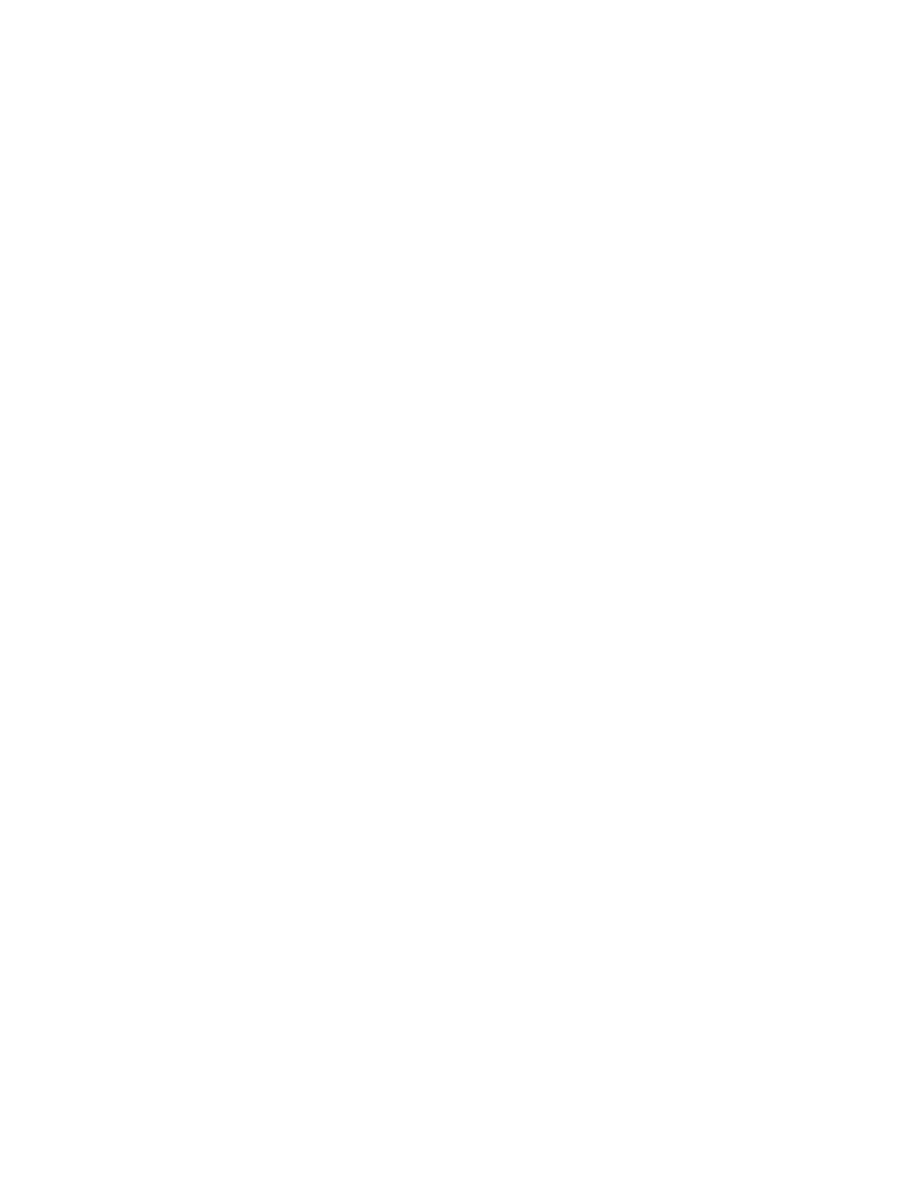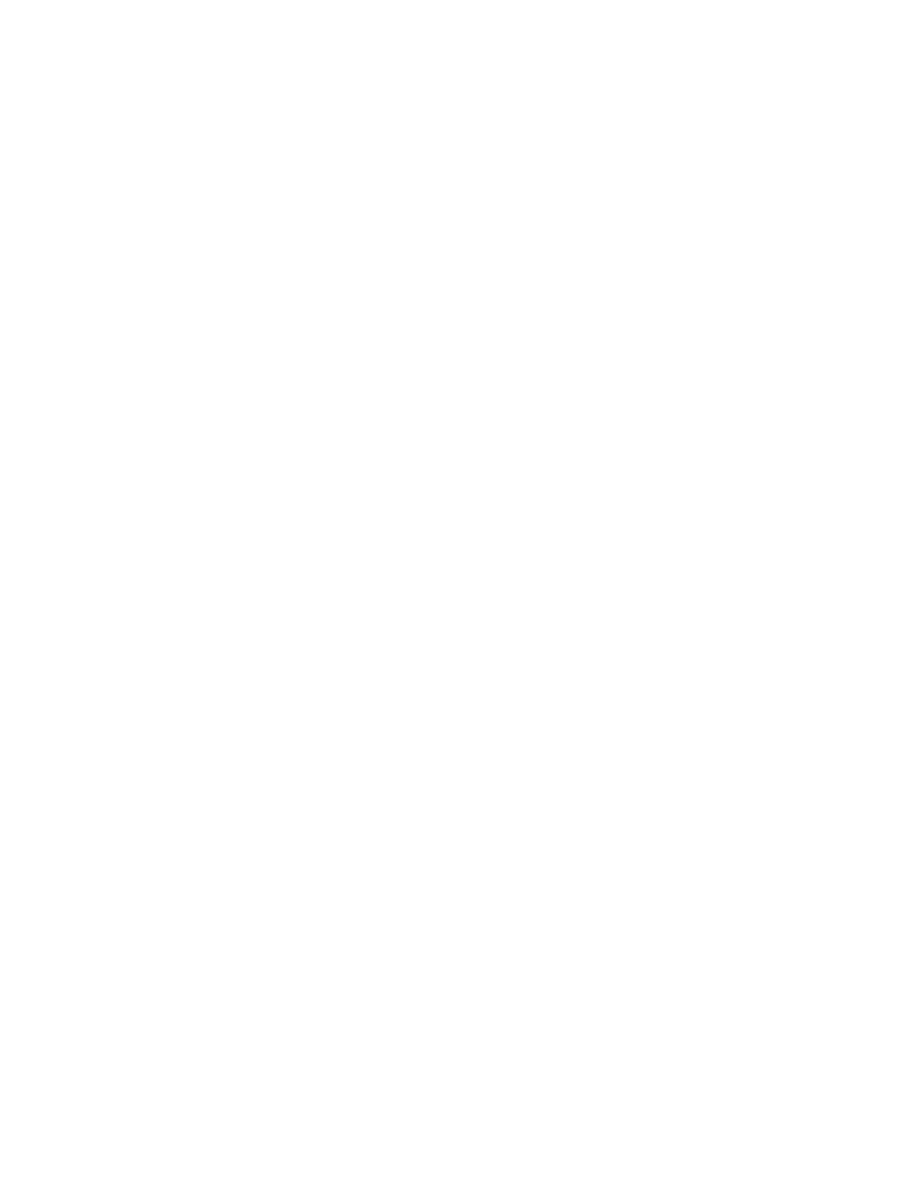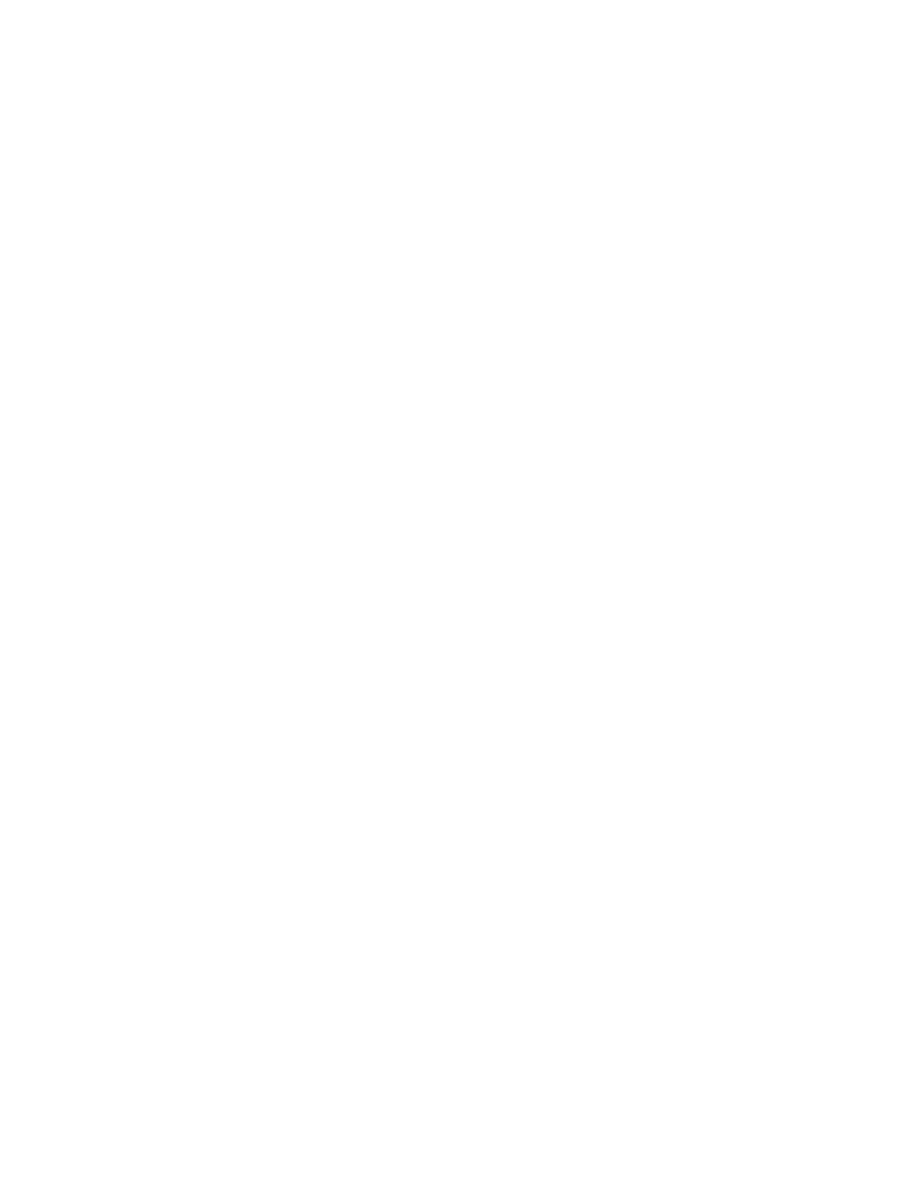
509
Federal Aviation Administration, DOT
§ 61.66
or flight training device if the instru-
ment time was completed in accord-
ance with part 142 of this chapter; or
(2) A maximum of 20 hours may be
performed in that full flight simulator
or flight training device if the instru-
ment time was not completed in ac-
cordance with part 142 of this chapter.
(i)
Use of an aviation training device. A
maximum of 10 hours of instrument
time received in a basic aviation train-
ing device or a maximum of 20 hours of
instrument time received in an ad-
vanced aviation training device may be
credited for the instrument time re-
quirements of this section if—
(1) The device is approved and au-
thorized by the FAA;
(2) An authorized instructor provides
the instrument time in the device; and
(3) The FAA approved the instrument
training and instrument tasks per-
formed in the device.
(j) Except as provided in paragraph
(h)(1) of this section, a person may not
credit more than 20 total hours of in-
strument time in a full flight simu-
lator, flight training device, aviation
training device, or a combination to-
wards the instrument time require-
ments of this section.
[Doc. No. 25910, 62 FR 16298, Apr. 4, 1997;
Amdt. 61–103, 62 FR 40900, July 30, 1997;
Amdt. 61–124, 74 FR 42554, Aug. 21, 2009;
Amdt. 61–127, 76 FR 19267, Apr. 7, 2011; Amdt.
61–128, 76 FR 54106, Aug. 31, 2011; Docket
FAA–2015–1846, Amdt. 61–136, 81 FR 21460,
Apr. 12, 2016]
§ 61.66
Enhanced Flight Vision System
Pilot Requirements.
(a)
Ground training. (1) Except as pro-
vided under paragraphs (f) and (h) of
this section, no person may manipulate
the controls of an aircraft or act as
pilot in command of an aircraft during
an EFVS operation conducted under
§ 91.176(a) or (b) of this chapter, or serve
as a required pilot flightcrew member
during an EFVS operation conducted
under § 91.176(a) of this chapter, unless
that person—
(i) Receives and logs ground training
under a training program approved by
the Administrator; and
(ii) Obtains a logbook or training
record endorsement from an authorized
training provider certifying the person
satisfactorily completed the ground
training appropriate to the category of
aircraft for which the person is seeking
the EFVS privilege.
(2) The ground training must include
the following subjects:
(i) Those portions of this chapter
that relate to EFVS flight operations
and limitations, including the Airplane
Flight Manual or Rotorcraft Flight
Manual limitations;
(ii) EFVS sensor imagery, required
aircraft flight information, and flight
symbology;
(iii) EFVS display, controls, modes,
features, symbology, annunciations,
and associated systems and compo-
nents;
(iv) EFVS sensor performance, sensor
limitations, scene interpretation, vis-
ual anomalies, and other visual effects;
(v) Preflight planning and oper-
ational considerations associated with
using EFVS during taxi, takeoff, climb,
cruise, descent and landing phases of
flight, including the use of EFVS for
instrument approaches, operating
below DA/DH or MDA, executing
missed approaches, landing, rollout,
and balked landings;
(vi) Weather associated with low visi-
bility conditions and its effect on
EFVS performance;
(vii) Normal, abnormal, emergency,
and crew coordination procedures when
using EFVS; and
(viii) Interpretation of approach and
runway lighting systems and their dis-
play characteristics when using an
EFVS.
(b)
Flight training. (1) Except as pro-
vided under paragraph (h) of this sec-
tion, no person may manipulate the
controls of an aircraft or act as pilot in
command of an aircraft during an
EFVS operation under § 91.176(a) or (b)
of this chapter unless that person—
(i) Receives and logs flight training
for the EFVS operation under a train-
ing program approved by the Adminis-
trator; and
(ii) Obtains a logbook or training
record endorsement from an authorized
training provider certifying the person
is proficient in the use of EFVS in the
category of aircraft in which the train-
ing was provided for the EFVS oper-
ation to be conducted.
(2) Flight training must include the
following tasks:
VerDate Sep<11>2014
14:00 Mar 14, 2024
Jkt 262047
PO 00000
Frm 00519
Fmt 8010
Sfmt 8002
Q:\14\14V2.TXT
PC31
aworley on LAPBH6H6L3 with DISTILLER

510
14 CFR Ch. I (1–1–24 Edition)
§ 61.66
(i) Preflight and inflight preparation
of EFVS equipment for EFVS oper-
ations, including EFVS setup and use
of display, controls, modes and associ-
ated systems, and adjustments for
brightness and contrast under day and
night conditions;
(ii) Proper piloting techniques associ-
ated with using EFVS during taxi,
takeoff, climb, cruise, descent, landing,
and rollout, including missed ap-
proaches and balked landings;
(iii) Proper piloting techniques for
the use of EFVS during instrument ap-
proaches, to include operations below
DA/DH or MDA as applicable to the
EFVS operations to be conducted,
under both day and night conditions;
(iv) Determining enhanced flight vis-
ibility;
(v) Identifying required visual ref-
erences appropriate to EFVS oper-
ations;
(vi) Transitioning from EFVS sensor
imagery to natural vision acquisition
of required visual references and the
runway environment;
(vii) Using EFVS sensor imagery, re-
quired aircraft flight information, and
flight symbology to touchdown and
rollout, if the person receiving training
will conduct EFVS operations under
§ 91.176(a) of this chapter; and
(viii) Normal, abnormal, emergency,
and crew coordination procedures when
using an EFVS.
(c)
Supplementary EFVS training. A
person qualified to conduct an EFVS
operation under § 91.176(a) or (b) of this
chapter who seeks to conduct an addi-
tional EFVS operation for which that
person has not received training
must—
(1) Receive and log the ground and
flight training required by paragraphs
(a) and (b) of this section, under a
training program approved by the Ad-
ministrator, appropriate to the addi-
tional EFVS operation to be con-
ducted; and
(2) Obtain a logbook or training
record endorsement from the author-
ized training provider certifying the
person is proficient in the use of EFVS
in the category of aircraft in which the
training was provided for the EFVS op-
eration to be conducted.
(d)
Recent flight experience: EFVS. Ex-
cept as provided in paragraphs (f) and
(h) of this section, no person may ma-
nipulate the controls of an aircraft
during an EFVS operation or act as
pilot in command of an aircraft during
an EFVS operation unless, within 6
calendar months preceding the month
of the flight, that person performs and
logs six instrument approaches as the
sole manipulator of the controls using
an EFVS under any weather conditions
in the category of aircraft for which
the person seeks the EFVS privilege.
The instrument approaches may be
performed in day or night conditions;
and
(1) One approach must terminate in a
full stop landing; and
(2) For persons authorized to exercise
the privileges of § 91.176(a), the full stop
landing must be conducted using the
EFVS.
(e)
EFVS refresher training. (1) Except
as provided in paragraph (h) of this sec-
tion, a person who has failed to meet
the recent flight experience require-
ments of paragraph (d) of this section
for more than six calendar months may
reestablish EFVS currency only by sat-
isfactorily completing an approved
EFVS refresher course in the category
of aircraft for which the person seeks
the EFVS privilege. The EFVS re-
fresher course must consist of the sub-
jects and tasks listed in paragraphs
(a)(2) and (b)(2) of this section applica-
ble to the EFVS operations to be con-
ducted.
(2) The EFVS refresher course must
be conducted by an authorized training
provider whose instructor meets the
training requirements of this section
and, if conducting EFVS operations in
an aircraft, the recent flight experi-
ence requirements of this section.
(f)
Military pilots and former military
pilots in the U.S. Armed Forces. (1) The
training requirements of paragraphs (a)
and (b) of this section applicable to
EFVS operations conducted under
§ 91.176(a) of this chapter do not apply
to a military pilot or former military
pilot in the U.S. Armed Forces if that
person documents satisfactory comple-
tion of ground and flight training in
EFVS operations to touchdown and
rollout by the U.S. Armed Forces.
(2) The training requirements in
paragraphs (a) and (b) of this section
VerDate Sep<11>2014
14:00 Mar 14, 2024
Jkt 262047
PO 00000
Frm 00520
Fmt 8010
Sfmt 8002
Q:\14\14V2.TXT
PC31
aworley on LAPBH6H6L3 with DISTILLER

511
Federal Aviation Administration, DOT
§ 61.66
applicable to EFVS operations con-
ducted under § 91.176(b) of this chapter
do not apply to a military pilot or
former military pilot in the U.S.
Armed Forces if that person documents
satisfactory completion of ground and
flight training in EFVS operations to
100 feet above the touchdown zone ele-
vation by the U.S. Armed Forces.
(3) A military pilot or former mili-
tary pilot in the U.S. Armed Forces
may satisfy the recent flight experi-
ence requirements of paragraph (d) of
this section if he or she documents sat-
isfactory completion of an EFVS pro-
ficiency check in the U.S. Armed
Forces within 6 calendar months pre-
ceding the month of the flight, the
check was conducted by a person au-
thorized by the U.S. Armed Forces to
administer the check, and the person
receiving the check was a member of
the U.S. Armed Forces at the time the
check was administered.
(g)
Use of full flight simulators. A level
C or higher full flight simulator (FFS)
equipped with an EFVS may be used to
meet the flight training, recent flight
experience, and refresher training re-
quirements of this section. The FFS
must be evaluated and qualified for
EFVS operations by the Adminis-
trator, and must be:
(1) Qualified and maintained in ac-
cordance with part 60 of this chapter,
or a previously qualified device, as per-
mitted in accordance with § 60.17 of this
chapter;
(2) Approved by the Administrator
for the tasks and maneuvers to be con-
ducted; and
(3) Equipped with a daylight visual
display if being used to meet the flight
training requirements of this section.
(h)
Exceptions. (1) A person may ma-
nipulate the controls of an aircraft
during an EFVS operation without
meeting the requirements of this sec-
tion in the following circumstances:
(i) When receiving flight training to
meet the requirements of this section
under an approved training program,
provided the instructor meets the re-
quirements in this section to perform
the EFVS operation in the category of
aircraft for which the training is being
conducted.
(ii) During an EFVS operation per-
formed in the course of satisfying the
recent flight experience requirements
of paragraph (d) of this section, pro-
vided another individual is serving as
pilot in command of the aircraft during
the EFVS operation and that indi-
vidual meets the requirements in this
section to perform the EFVS operation
in the category of aircraft in which the
flight is being conducted.
(iii) During an EFVS operation per-
formed in the course of completing
EFVS refresher training in accordance
with paragraph (e) of this section, pro-
vided the instructor providing the re-
fresher training meets the require-
ments in this section to perform the
EFVS operation in the category of air-
craft for which the training is being
conducted.
(2) The requirements of paragraphs
(a) and (b) of this section do not apply
if a person is conducting a flight or se-
ries of flights in an aircraft issued an
experimental airworthiness certificate
under § 21.191 of this chapter for the
purpose of research and development or
showing compliance with regulations,
provided the person has knowledge of
the subjects specified in paragraph
(a)(2) of this section and has experience
with the tasks specified in paragraph
(b)(2) of this section applicable to the
EFVS operations to be conducted.
(3) The requirements specified in
paragraphs (d) and (e) of this section do
not apply to a pilot who:
(i) Is employed by a part 119 certifi-
cate holder authorized to conduct oper-
ations under part 121, 125, or 135 when
the pilot is conducting an EFVS oper-
ation for that certificate holder under
part 91, 121, 125, or 135, as applicable,
provided the pilot conducts the oper-
ation in accordance with the certifi-
cate holder’s operations specifications
for EFVS operations;
(ii) Is employed by a person who
holds a letter of deviation authority
issued under § 125.3 of this chapter
when the pilot is conducting an EFVS
operation for that person under part
125, provided the pilot is conducting
the operation in accordance with that
person’s letter of authorization for
EFVS operations; or
(iii) Is employed by a fractional own-
ership program manager to conduct op-
erations under part 91 subpart K when
VerDate Sep<11>2014
14:00 Mar 14, 2024
Jkt 262047
PO 00000
Frm 00521
Fmt 8010
Sfmt 8002
Q:\14\14V2.TXT
PC31
aworley on LAPBH6H6L3 with DISTILLER

512
14 CFR Ch. I (1–1–24 Edition)
§ 61.67
the pilot is conducting an EFVS oper-
ation for that program manager under
part 91, provided the pilot is con-
ducting the operation in accordance
with the program manager’s manage-
ment specifications for EFVS oper-
ations.
(4) The requirements of paragraphs
(a) and (b) of this section do not apply
if a person is conducting EFVS oper-
ations under § 91.176(b) of this chapter
and that person documents that prior
to March 13, 2018, that person satisfac-
torily completed ground and flight
training on EFVS operations to 100 feet
above the touchdown zone elevation.
[Docket FAA–2013–0485, Amdt. 61–139, 81 FR
90170, Dec. 13, 2016, as amended by Docket
FAA–2013–0485, Amdt. 61–139, 81 FR 90172,
Dec. 13, 2016]
§ 61.67
Category II pilot authorization
requirements.
(a)
General. A person who applies for
a Category II pilot authorization must
hold:
(1) At least a private or commercial
pilot certificate with an instrument
rating or an airline transport pilot cer-
tificate;
(2) A type rating for the aircraft for
which the authorization is sought if
that aircraft requires a type rating;
and
(3) A category and class rating for
the aircraft for which the authoriza-
tion is sought.
(b)
Experience requirements. An appli-
cant for a Category II pilot authoriza-
tion must have at least—
(1) 50 hours of night flight time as
pilot in command.
(2) 75 hours of instrument time under
actual or simulated instrument condi-
tions that may include not more
than—
(i) A combination of 25 hours of simu-
lated instrument flight time in a flight
simulator or flight training device; or
(ii) 40 hours of simulated instrument
flight time if accomplished in an ap-
proved course conducted by an appro-
priately rated training center certifi-
cated under part 142 of this chapter.
(3) 250 hours of cross-country flight
time as pilot in command.
(c)
Practical test requirements. (1) A
practical test must be passed by a per-
son who applies for—
(i) Issuance or renewal of a Category
II pilot authorization; and
(ii) The addition of another type air-
craft to the applicant’s Category II
pilot authorization.
(2) To be eligible for the practical
test for an authorization under this
section, an applicant must—
(i) Meet the requirements of para-
graphs (a) and (b) of this section; and
(ii) If the applicant has not passed a
practical test for this authorization
during the 12 calendar months pre-
ceding the month of the test, then that
person must—
(A) Meet the requirements of
§ 61.57(c); and
(B) Have performed at least six ILS
approaches during the 6 calendar
months preceding the month of the
test, of which at least three of the ap-
proaches must have been conducted
without the use of an approach coupler.
(3) The approaches specified in para-
graph (c)(2)(ii)(B) of this section—
(i) Must be conducted under actual or
simulated instrument flight condi-
tions;
(ii) Must be conducted to the decision
height for the ILS approach in the type
aircraft in which the practical test is
to be conducted;
(iii) Need not be conducted to the de-
cision height authorized for Category
II operations;
(iv) Must be conducted to the deci-
sion height authorized for Category II
operations only if conducted in a flight
simulator or flight training device; and
(v) Must be accomplished in an air-
craft of the same category and class,
and type, as applicable, as the aircraft
in which the practical test is to be con-
ducted or in a flight simulator that—
(A) Represents an aircraft of the
same category and class, and type, as
applicable, as the aircraft in which the
authorization is sought; and
(B) Is used in accordance with an ap-
proved course conducted by a training
center certificated under part 142 of
this chapter.
(4) The flight time acquired in meet-
ing the requirements of paragraph
(c)(2)(ii)(B) of this section may be used
to meet the requirements of paragraph
(c)(2)(ii)(A) of this section.
VerDate Sep<11>2014
14:00 Mar 14, 2024
Jkt 262047
PO 00000
Frm 00522
Fmt 8010
Sfmt 8002
Q:\14\14V2.TXT
PC31
aworley on LAPBH6H6L3 with DISTILLER



